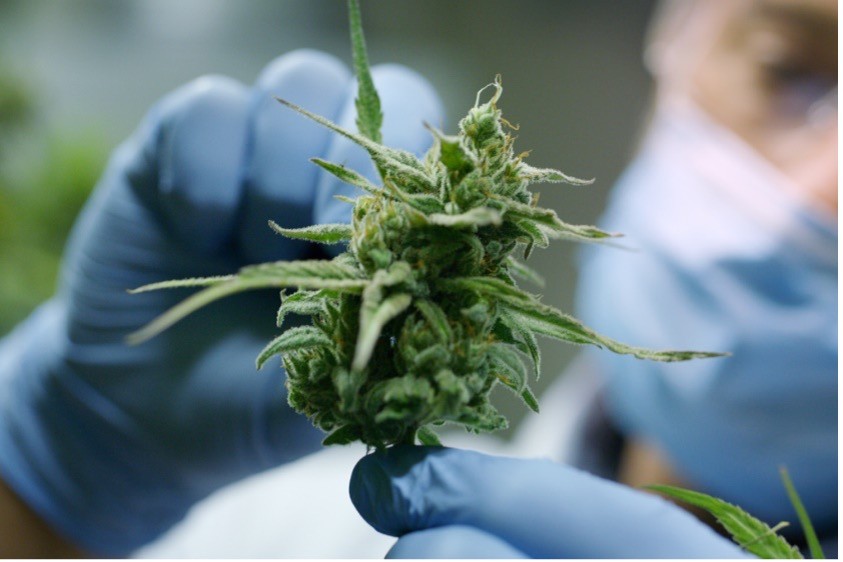PEA (palmitoylethanolamide) is a fatty acid amide molecule which has been revealed to have anti-inflammatory properties, particularly relating to neuropathic pain, plus modulate immune system response. It can be found in plant, human, plus animal tissues. When the body experiences pain otherwise inflammation, levels of endogenous PEA raise.
Pain Relief
As per palmitoylethanolamide reviews PEA has been studied in numerous clinical trials, and there is fairly a large quantity of clinical trials plus studies that have confirmed it could relieve pain. A study from 2013 in woman with severe pelvic pain from endometriosis took PEA supplement, together with polydatin (a form of resveratrol), for 90 days plus experienced a reduce in pelvic pain and a decline of the need to use NSAIDs

Immunotherapeutic Benefits
PEA (an ultramicronized form) was united with the subcutaneous injection of the autoimmune medicine Interferon in patients by Multiple Sclerosis. The study noted that the patients’ pain level enhanced, and they saw less inflammation on the injection site.
Brain Recovery after Injury otherwise Disease
In humans, one of the studies found that supplementing PEA by the antioxidant flavonoid luteolin enhanced cognitive function afterward a stroke.
PEA has been studied in numerous trials with mice for reducing injure from neurodegenerative disease such as Parkinson’s otherwise damage from spinal cord injuries
Mood Support
As per palmitoylethanolamide reviews, In a double-blind, randomized, placebo-controlled study in 2018, PEA was added to present pharmacological therapy for adult with major depressive disorder (MDD). The mixture of PEA plus the medication citalopram improved depressive symptom better than citalopram only.
Immune Support
Numerous studies from the 1970s revealed PEA to be effective at dropping the incidence of serological infection plus severity of symptom from the virus that cause the common cold plus the influenza virus
Eye Support
Clinical trials have confirmed that PEA reduced nerve injure in eyes as well as reduced glaucoma, in addition to laser-eye surgery-linked glaucoma
Additional Info on Palmitoylethanolamide (PEA)
PEA is produced in the body naturally, however many animals and plants are moreover found to produce PEA. The maximum amounts can be found in soybeans, egg yolk, soy lecithin, peanuts, and alfalfa. The main focus of PEA study, since the work of the Nobel laureate Levi-Montalcini in 1993, has been neuropathic pain states plus mast cell linked disorders. PEA has been confirmed to have analgesic plus anti-inflammatory activity and has been used in numerous controlled studies focused on the managing of chronic pain amongst adult patients with diverse fundamental clinical conditions.













